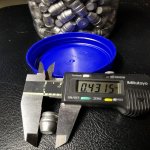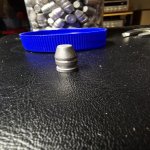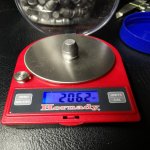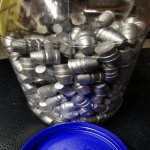dearslayer
Regular
- Location
- On The Edge
A while back someone gave just over 300 lead cast bullets. Stupid rookie question but would they be considered 200gr 40 caliber? They seem to be much larger in diameter then my own .40 cast bullets. Mine measure at 0.401 compared to 0.431.












































































